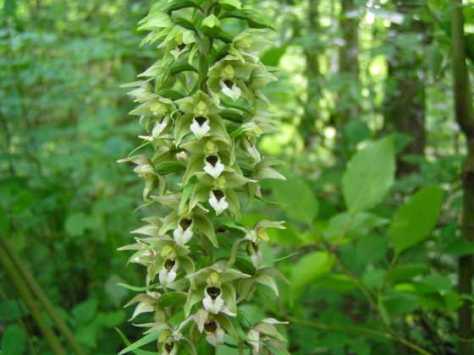That line from Good Will Hunting is one of my favorite movie scenes. In case you have not seen Good Will Hunting, rent it this weekend so you can see what I am talking about. For those of you who have seen the movie, you know exactly the scene when Will Hunting (Matt Damon) gets Skylar’s (Minnie Driver) phone number.
I have been repeating that line to myself since the beginning of September here in Maine as the roadsides seem to be exploding with an abundant apple crop. As you drive along the back roads of the Maine coastline, old apple trees seem to dot the journey. No two trees are alike. There are trees with green fruit, red fruit, and various patterns of red with green and green with red. This fruit display is a fantastic precursor to the changing leaf colors of autumn that will be coming soon. The sign and smells of apples ripening brings on a wave of nostalgia for me. My grandparents lived outside of Boone, North Carolina and my grandfather would always drive up to his local orchard to pick apples in the fall. He would pick a sampling of the fruit available and come home and try them all. One of my best childhood memories was when he took me to the orchard and we picked a peck of apples together.
This fall will be our fourth one in Maine and it seems to me to be the one with the best apple harvest. To confirm my suspicion, I sent an email to one of Maine’s apple experts, David Buchanan. I met David a few years ago at a TEDxDirigo conference in Brunswick. David spoke about his passion for growing heirloom apples on his orchard at this conference and I figured that he would be a great person to ask about the 2015 apple harvest. I learned from David that there was a late frost in 2012 which set back many orchards. 2013 was a good year for apple fruit set and since apple trees tend to have a heavy fruit set every other year, 2014 was not as good. David said that the growing conditions this year have set things up for a bumper crop. He has 200 different varieties of apples growing in his orchard alone. On the day of our email exchange, David had just picked 24 bushels of apples from his orchard.
I am now dreaming of one day having enough land to plant a small apple orchard. I can already taste the fresh apples along with apple crisp, apple pie, baked apples, apple butter, apple cider… and the list goes on. What is it about the sight of the bright red fruit and the smell of ripe apples that brings to mind clear, crisp days, autumn leaves, and happy times?
–Rodney
























